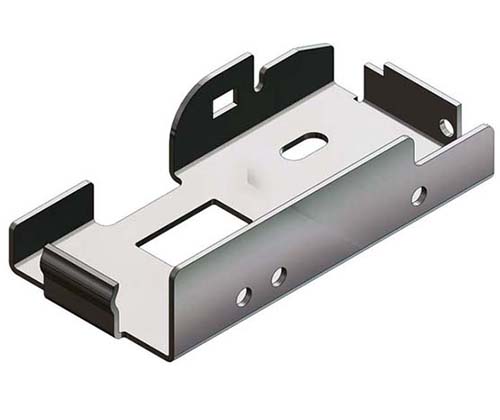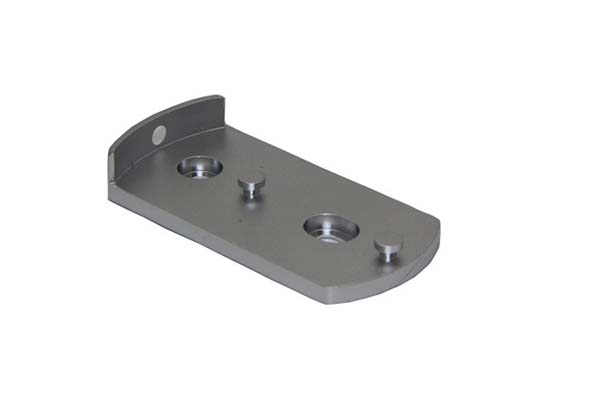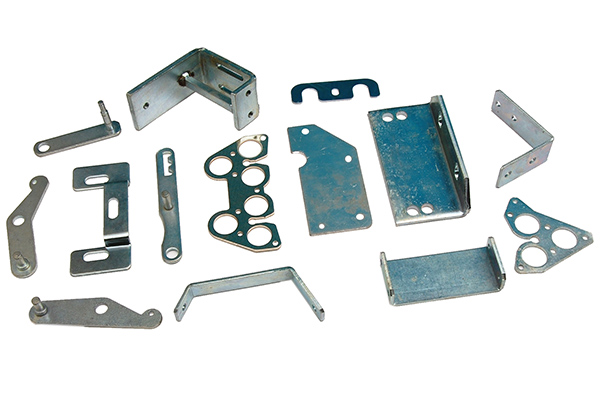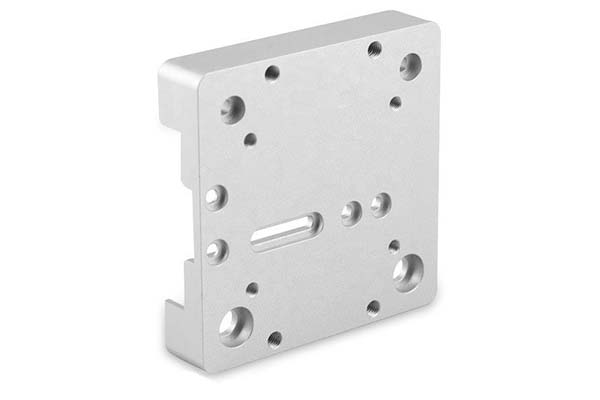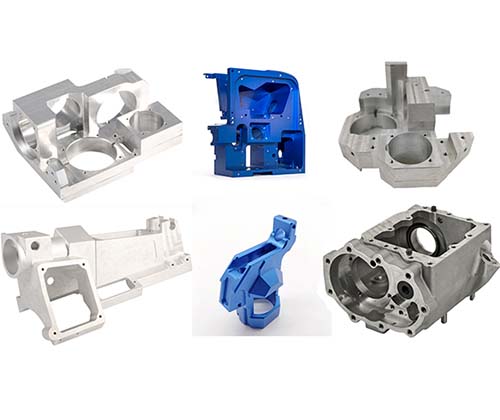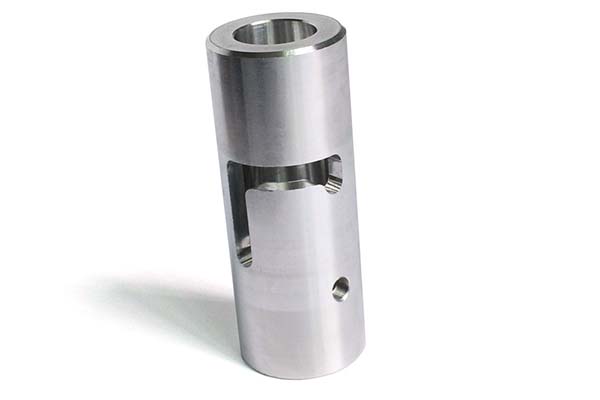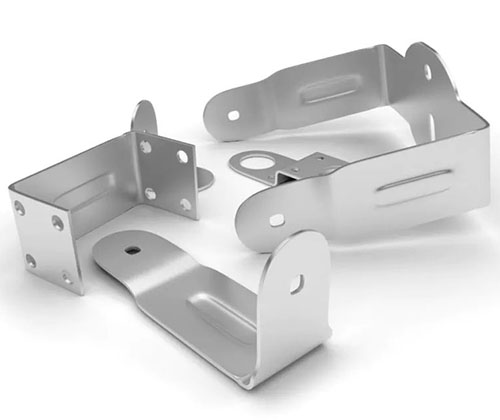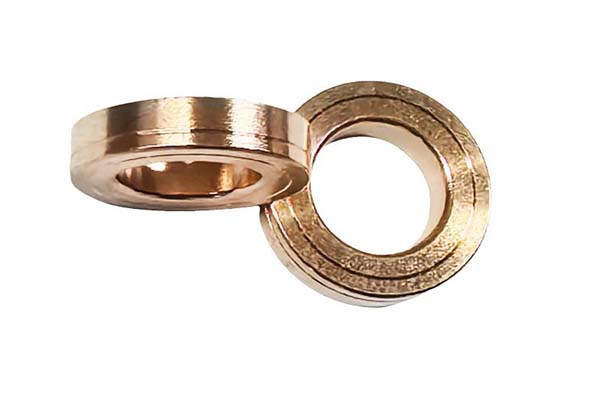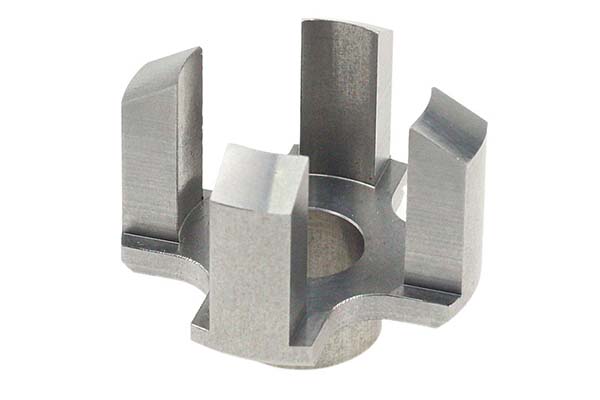Manufacturers working with metal stamping often grapple with a tough trade-off: achieving precise, complex shapes while ensuring the final product can withstand harsh environments. Galvanized steel—celebrated for its corrosion resistance—adds another layer of complexity: how to preserve its protective zinc coating during high-pressure stamping processes. Scratched coatings, uneven forming, and inconsistent zinc layer thickness can derail production, leading to costly reworks and failed performance in the field. This guide addresses these pain points, offering expert insights into leveraging galvanized steel’s strengths while navigating its unique stamping challenges.
Galvanized Steel Characteristics: Beyond Corrosion Resistance
Understanding the core properties of galvanized steel is essential for successful stamping. Unlike untreated steel, galvanized variants feature a protective zinc coating applied through either hot-dip galvanizing or electro-galvanizing—each method influencing stamping behavior.
Key Properties and Their Impact on Stamping
- Zinc Coating: The zinc layer thickness typically ranges from 5μm (electro-galvanized) to 85μm (hot-dip), directly affecting corrosion resistance and formability. Thicker coatings offer longer protection but require more careful handling to avoid cracking during bending.
- Mechanical Properties: Galvanized steel retains the strength of its base steel (e.g., 300-500 MPa tensile strength for common grades) while gaining a ductile zinc layer. This combination allows for moderate forming but demands adjusted tooling to prevent coating damage.
- Surface Finish: Electro-galvanized steel boasts a smooth, uniform surface ideal for decorative parts, while hot-dip versions may have a spangled texture. Both finishes require lubricants compatible with zinc to avoid chemical reactions.
- Durability: When properly stamped, galvanized steel can last 50+ years in rural environments and 15-30 years in coastal areas, outperforming painted steel by 2-3 times in environmental resistance.
A comparison of galvanization methods highlights their stamping implications:
| Method | Zinc Thickness | Surface Finish | Best For Stamping? | Coating Adhesion |
| Hot-Dip Galvanizing | 45-85μm | Spangled | Medium (thicker coating risks cracking) | High |
| Electro-Galvanizing | 5-25μm | Smooth | High (thin, uniform layer) | Moderate |
Metal Stamping Techniques for Galvanized Steel
Stamping galvanized steel requires specialized techniques to protect the zinc coating while achieving precision. The goal is to minimize friction, control pressure, and adapt tooling to the material’s unique behavior.
Critical Processes and Best Practices
- Punching Operations: Use sharp, carbide-tipped punches with a 10-15% clearance to avoid tearing the zinc layer. Slow punch speeds (10-20 strokes per minute) reduce heat buildup, which can weaken coating adhesion.
- Bending and Forming: Bend radii should be 2-3x the material thickness (vs. 1x for uncoated steel) to prevent coating cracking. A 5° over-bend followed by springback correction ensures tight angles without damage.
- Drawing and Deep Drawing: Electro-galvanized steel is preferred for deep drawing due to its thin, uniform coating. Use zinc-compatible lubricants (e.g., mineral oil-based) to reduce friction and prevent white rust.
- Trimming and Piercing: Trim edges at a 45° angle to avoid sharp burrs that can scratch adjacent surfaces. Post-trim deburring removes zinc flakes that could cause corrosion.
Tooling and Equipment Adjustments
- Die Design: Polished die surfaces (Ra 0.8μm or smoother) minimize coating abrasion. Use crowned dies for bending to distribute pressure evenly across the zinc layer.
- Press Machines: Servo presses offer precise speed control, ideal for galvanized steel—slower descent during contact reduces coating damage. Hydraulic presses work well for thick hot-dip galvanized sheets, providing steady pressure.
- Tooling Materials: Chrome-plated or nitrided tools resist zinc buildup, a common issue that can mar surfaces. Regular cleaning with zinc-compatible solvents maintains tool integrity.
Applications of Galvanized Steel: Where It Outperforms
Galvanized steel’s corrosion resistance and formability make it indispensable across industries requiring long-lasting, low-maintenance parts.
- Automotive Parts: Underbody components, automotive body panels (electro-galvanized for paint adhesion), and exhaust shields rely on galvanized steel to resist road salts and moisture.
- Construction Materials: Roofing and siding, fencing and guardrails use hot-dip galvanized steel for its durability. Stamped brackets and connectors benefit from its weldability (with proper zinc removal at joints).
- Architectural Components: Decorative grilles and facades often use electro-galvanized steel for its smooth finish, which accepts powder coating uniformly.
- Electrical Enclosures: Electrical cabinets and junction boxes use galvanized steel to protect internal components from humidity and outdoor exposure.
Real-World Performance
In coastal construction, galvanized steel structural components showed 80% less corrosion than painted steel after 10 years. In automotive applications, galvanized body panels reduced warranty claims for rust by 65% compared to uncoated alternatives.
Coating and Corrosion Protection: Ensuring Longevity
The zinc coating is galvanized steel’s greatest asset—protecting it during stamping is critical to maintaining performance.
- Zinc Coating Thickness: Measure thickness with a magnetic gauge (ASTM B499) to ensure it meets specs (e.g., 70μm minimum for coastal fencing). Thinner areas are prone to early rust.
- Corrosion Testing: Conduct salt spray tests (ASTM B117) to verify resistance—galvanized steel should withstand 500+ hours without red rust. White rust (zinc oxide) is normal but can be removed with a 5% chromic acid solution.
- Coating Uniformity: Use ultrasonic testing to detect thin spots, especially in stamped creases. Uniformity ensures consistent protection across complex shapes.
- Anti-Corrosion Treatments: Post-stamping, apply a chromate conversion coating to repair minor zinc damage and enhance paint adhesion if needed.
Manufacturing and Quality Control for Galvanized Stamping
Maintaining quality requires rigorous checks to ensure both the steel and its coating meet standards.
- Quality Assurance: Adhere to ISO 9001 and ASTM A653 (galvanized steel standards) to document processes, from material receipt to final inspection.
- Material Testing: Verify base steel tensile strength and zinc coating weight (g/m²) before stamping. Reject batches with excessive oil or pre-existing rust.
- Surface Defects: Inspect for coating cracks, bare spots, or zinc nodules using visual checks and dye penetrant testing. Defects >3mm² require touch-up with zinc-rich paint.
- Dimensional Accuracy: Use CMMs to check tolerances (±0.05mm for critical features), ensuring parts fit without damaging their coatings during assembly.
- Process Optimization: Implement statistical process control (SPC) to monitor punch force and die temperature, reducing variability in coating integrity.
Yigu Technology’s Perspective: Expertise in Galvanized Steel Stamping
As a leading custom manufacturer in China, Yigu Technology specializes in galvanized steel stamping for demanding applications. We optimize die designs with polished surfaces and adjusted clearances to protect zinc coatings, ensuring parts meet salt spray test requirements. Our servo presses and zinc-compatible lubricants minimize damage during forming, while post-stamping inspections verify coating integrity. For clients needing durable, corrosion-resistant parts, galvanized steel—when processed with precision—delivers unmatched value, and our experience ensures seamless production from design to delivery.
FAQ
- Can galvanized steel be welded after stamping?
Yes, but weld areas require zinc removal (grinding or chemical cleaning) to avoid toxic fumes. Post-weld, touch up with zinc-rich paint to restore corrosion resistance.
- How does temperature affect galvanized steel stamping?
Temperatures >150°C can weaken zinc coating adhesion. Keep press dies cool (<120°C) and avoid prolonged contact during forming.
- What’s the cost difference between stamping galvanized vs. uncoated steel?
Galvanized steel costs 15-30% more upfront, but reduces long-term maintenance costs by 50+% in corrosive environments, offering a better total cost of ownership.
